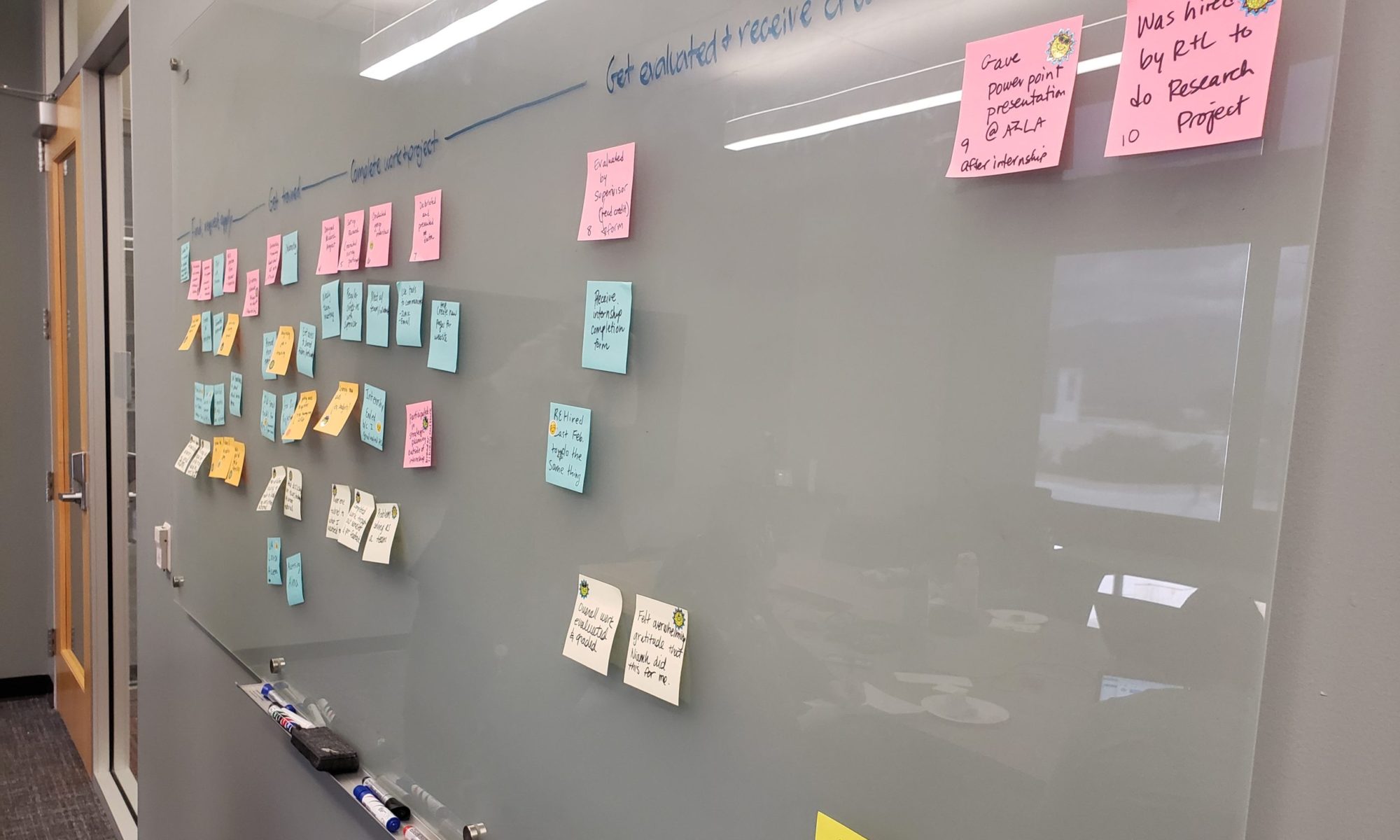It was a big effort, but I’m proud to announce my new book is out!
Order now: Writing Effectively in Print and on the Web: A Practical Guide for Librarians.
From the preface:
Writing plays a role in almost everything we do. It’s how we document our knowledge, share our stories, and ask our communities for help. It’s a tool to teach, influence, and persuade those around us. And in today’s digital age, we’re all publishers, sharing content with the world at the push of a button (literally). From webpages, to signage, to emails – writing is fundamental to our everyday lives.
Sadly, there is a lot of mediocre content out there: policy-driven websites with mountains of text, building signs that don’t actually tell you what you need to know, convoluted emails that leave you wondering, What was the point of that? Today’s reader is bombarded with endless streams of information and simply doesn’t have the time to sift through and make sense of it all.
Let’s do our part to end the madness. Writing Effectively in Print and on the Web: A Practical Guide for Librarians encourages you to put your readers at the heart of all your content, ensuring that it is engaging, relevant, and useful. You’ll learn techniques to write with clarity, precision, and purpose, which will serve you well in both your professional and personal life.
See more on Google Books or buy on Amazon. I hope you enjoy it.


